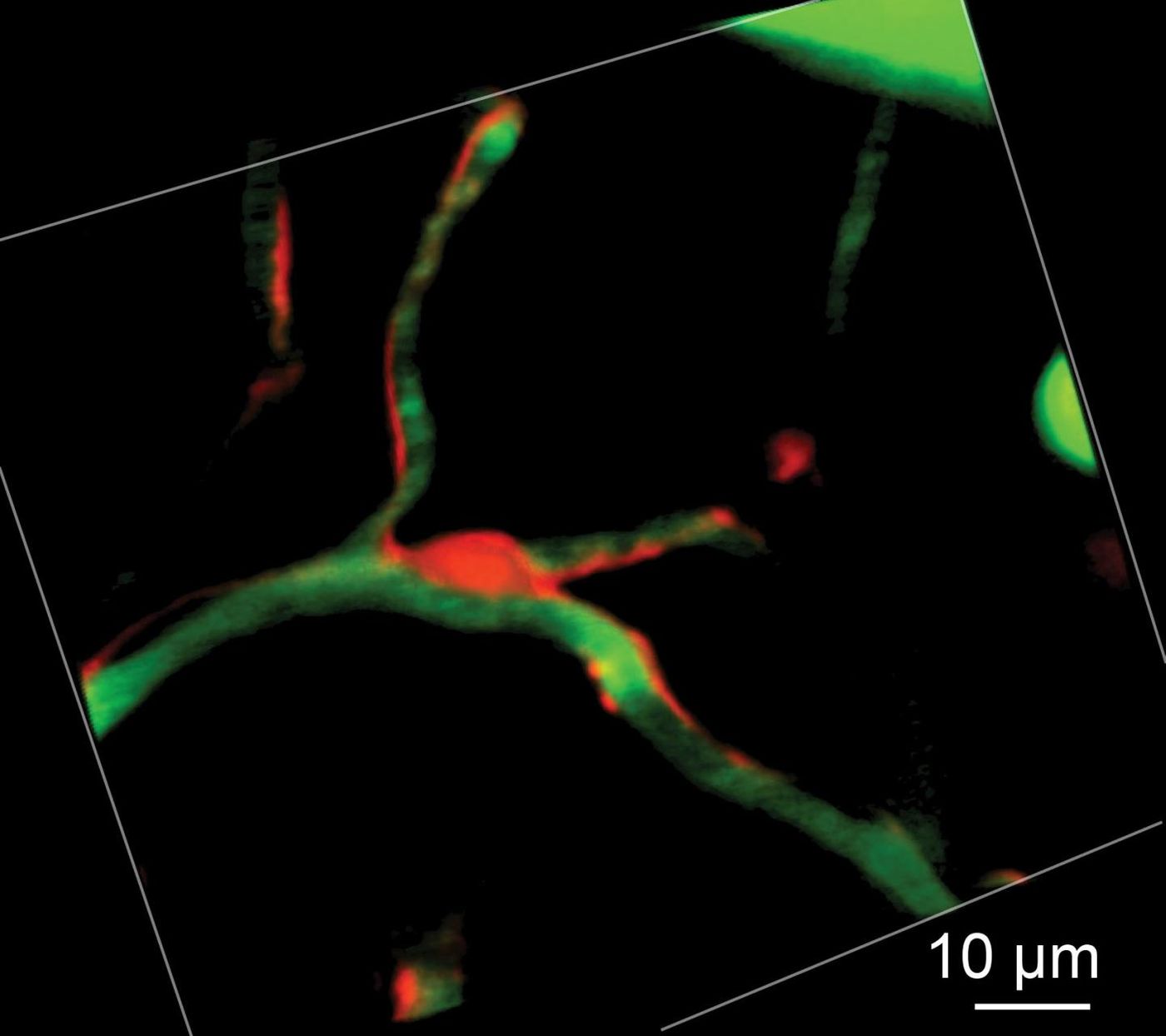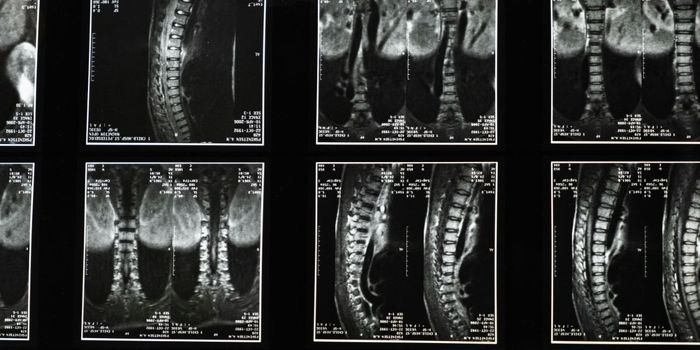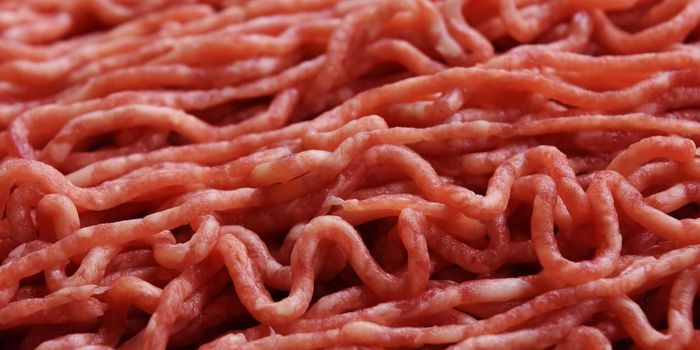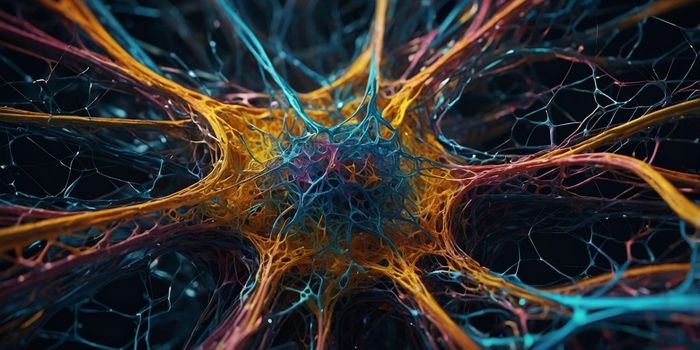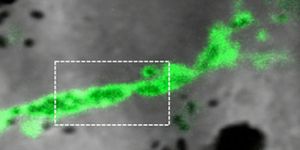A group of cells thought to be nurturing to the barrier that prevents harmful substances from entering the brain may play a more negative role than researchers realized. A recent study reveals the “dark side” of pericyte activity, and findings provide new foundation for future therapies in neurological conditions involving ischemia and stroke.
One PhD student from the Medical University of South Carolina saw leakage at specific sites along capillaries during a stroke, instead of leakage along the entire capillary length. “There were hot spots that leaked first and more than the rest of the capillary bed,” said the student and first author on the present article, Robert Underly. “That was really unexpected.”
This was the first step toward realized the negative potential of pericytes, cells thought to nurture the blood brain barrier (BBB). After Underly made his observation, he and a team of scientists then connected the leakages to pericytes. The present study is the first to look at the relationship between pericytes and matrix mellaproteinase (MMP) activity in the context of BBB leakage in ischemia. MMP is a proteolytic enzyme they tracked during the destruction of the BBB
"It's important to fund projects like this because with in vivo imaging we're able to track exactly what happens when brain function breaks down," said Underly. "The disease state occurs in front of our eyes."
Senior author Andy Y. Shih, PhD, describes pericytes as a “jack-of-all-trades.” He and his team had not been able to visualize and track the cells until recently. And apparently, MMPs are also hard to study in vivo. “Most of what we know about them is from studies on cultured cells or extracted brains," Underly said. "We wanted to probe this process in live animals so we could see the spatiotemporal relationship between pericytes and MMP activation in vivo, in the acute stroke time frame."
In a non-disease state, pericytes are essential for BBB function. To get to the brain, you have to go through the BBB, as its name suggests. Certain neurotransmitters, clotting factors, and free radical-generate substances can harm the brain, and the BBB keeps them out. But when the structure of the BBB is compromised, like during ischemic stroke and other cerebrovascular diseases, these very harmful substances can enter the brain and damage neurons and other cells vital for cerebral function.
The study involved imaging of pericytes in live mice brains via two-photon microscopy that depicted MMP activity and disproportionate plasma leakage at sites where pericyte somata were attached to the endothelium, suggesting that pericytes contribute to capillary damage during strokes.
“Why do pericytes have so much MMP? What are they doing with it? What happens to pericytes days to weeks after an ischemic event?” Shih asked. “There's so much still to be understood about the acute phenomena - we're focused on that for now.”
They found that ischemia results in plasma leakage and a wildly rapid localization of MMP, proving the contibution of pericytes in the early BBB degradation during ischemic stroke. “The pericytes seem to nurture or damage the BBB depending on the conditions they're put in,” Shih added.
In the future, Shih and his team plan on investigating futher details on pericytes and the BBB during ischemic stroke, potenitally uncovering ways to prevent pericytes from “going bad.” Their present study was published in
The Journal of Neuroscience.
Source:
Medical University of South Carolina
